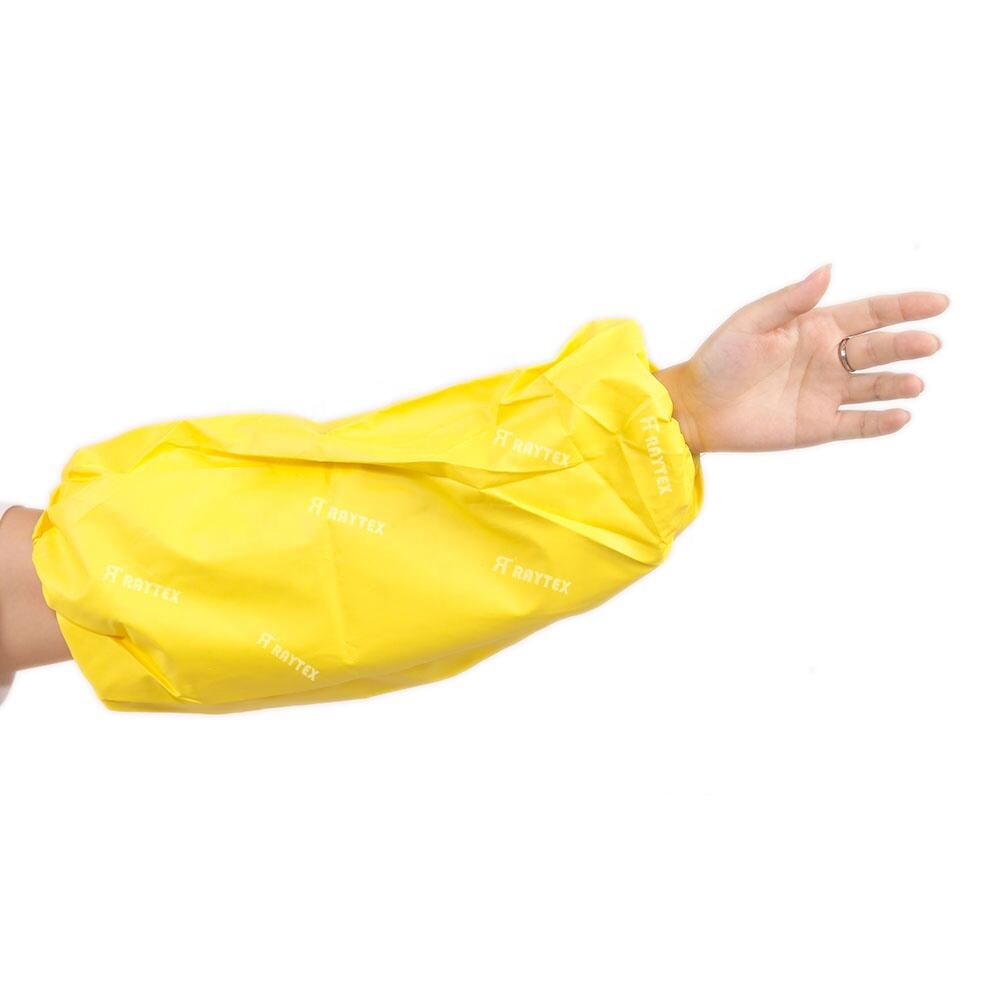Oversleeves for pharmaceutical factory workers are specialized protective accessories designed to maintain sterility and prevent cross-contamination in cleanroom environments, where even minor particles or microbial transfer can compromise drug integrity. Constructed from high-grade, low-linting materials such as SMS (spunbond-meltblown-spunbond) polypropylene or ultra-fine nonwoven composites, these oversleeves act as a barrier against skin particles, hair, and moisture, ensuring compliance with strict Good Manufacturing Practices (GMP) and ISO 14644 cleanroom standards. The fabric is engineered to be non-shedding, preventing fibers from entering the production environment, and breathable to maintain comfort during extended wear in temperature-controlled facilities. Design features include a snug, elasticized fit at both the wrist and upper arm to eliminate gaps that could harbor contaminants, with a length (50–70cm) covering from wrist to shoulder for full arm protection. Seams are often heat-sealed rather than stitched to prevent particle release, and the material is compatible with other PPE like gloves and lab coats, ensuring a seamless protective layer. These oversleeves are disposable to avoid microbial buildup, with sterile packaging available for aseptic processing areas. They are often color-coded to distinguish between cleanroom classifications (e.g., ISO 5 vs. ISO 8) or work zones (e.g., compounding vs. packaging), supporting strict segregation protocols. Compliance with regulations such as FDA 21 CFR Part 211 and EU GMP guidelines validates their role in protecting drug safety. By integrating these oversleeves, pharmaceutical facilities reduce the risk of batch contamination, ensure regulatory compliance, and safeguard patient health, making them a critical component of cleanroom hygiene protocols.


